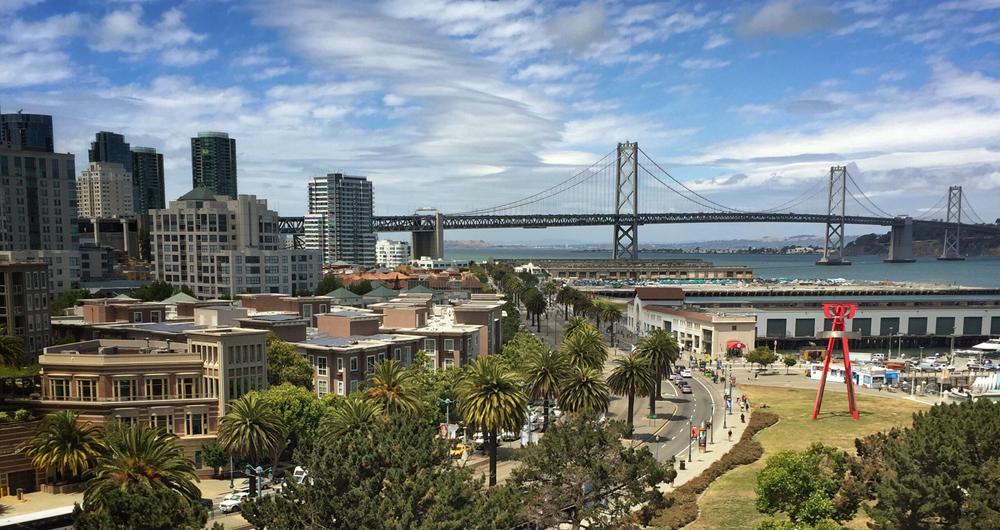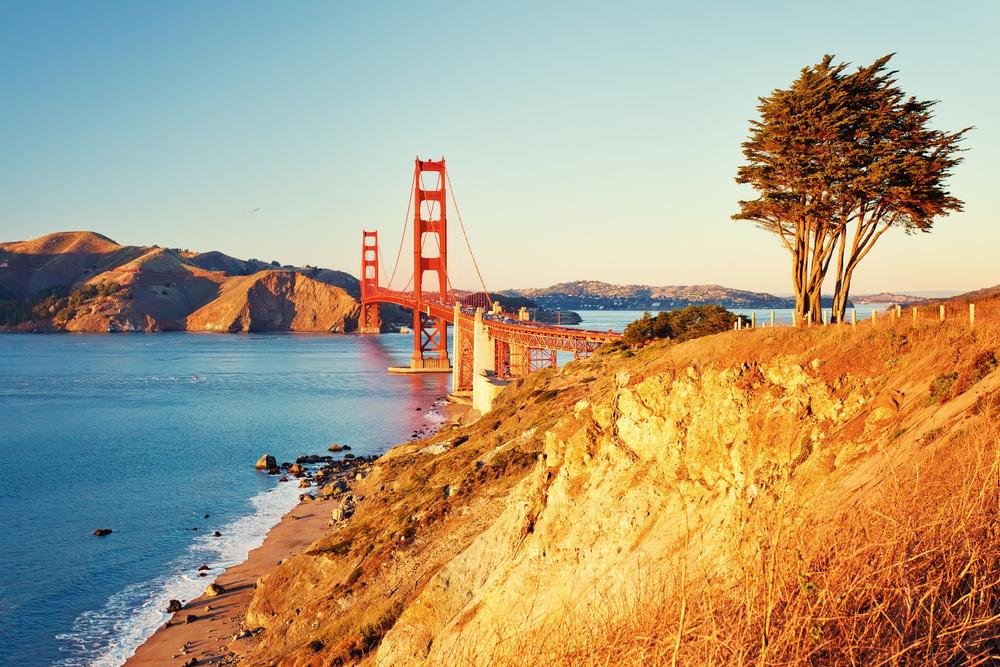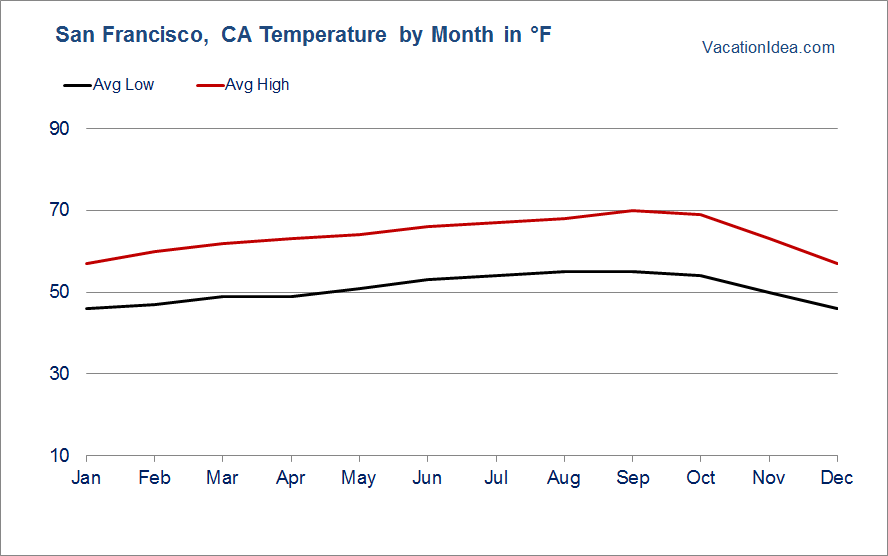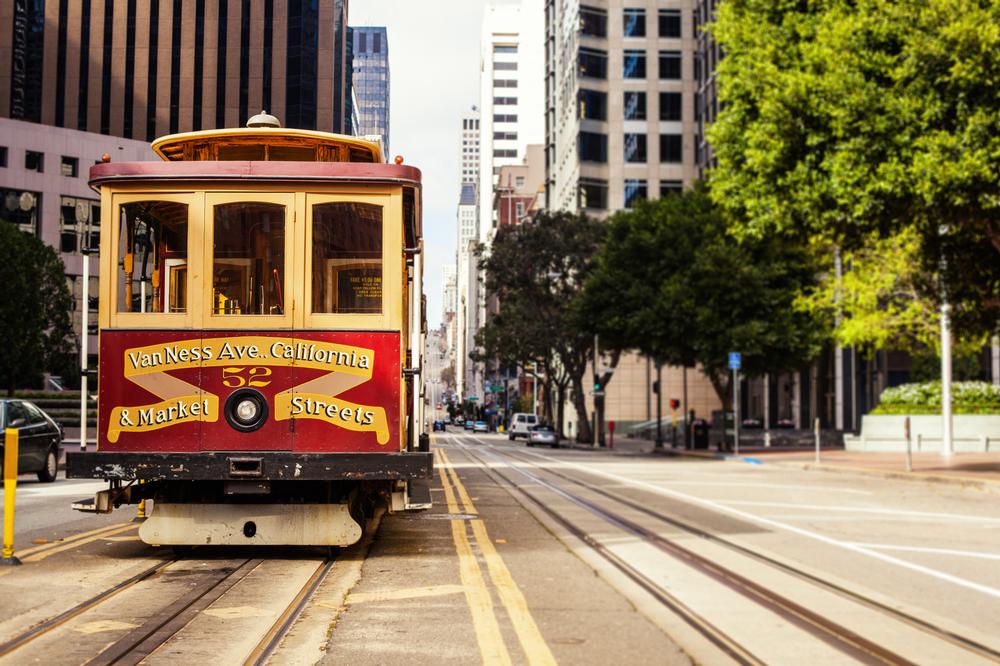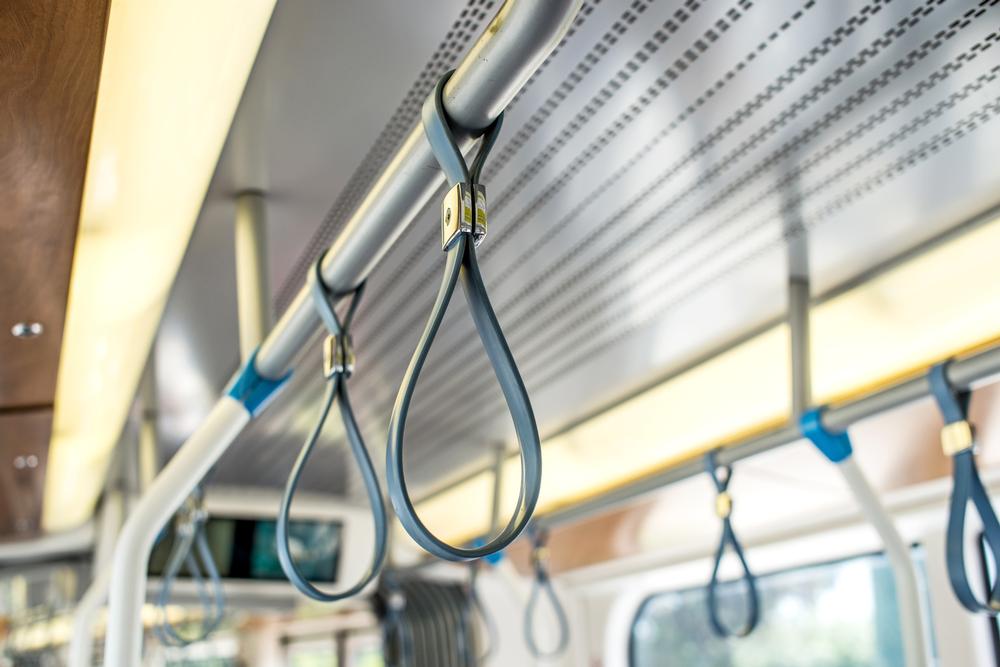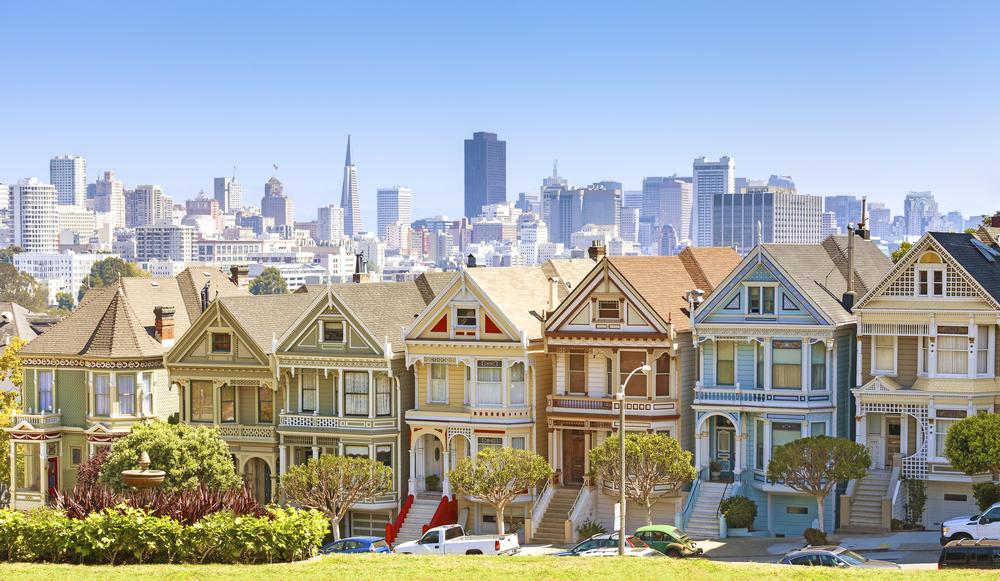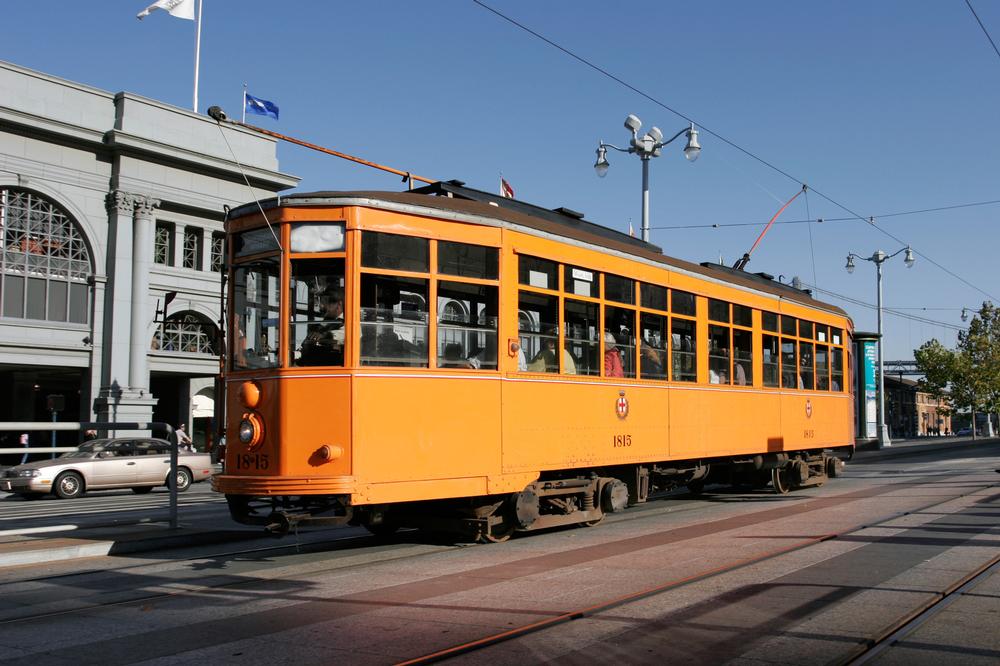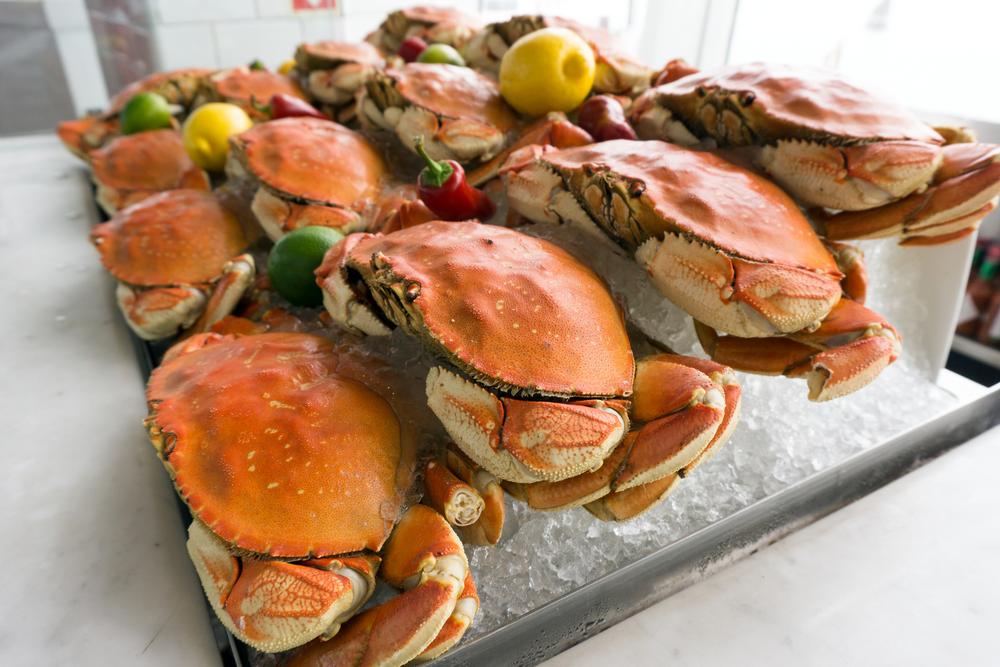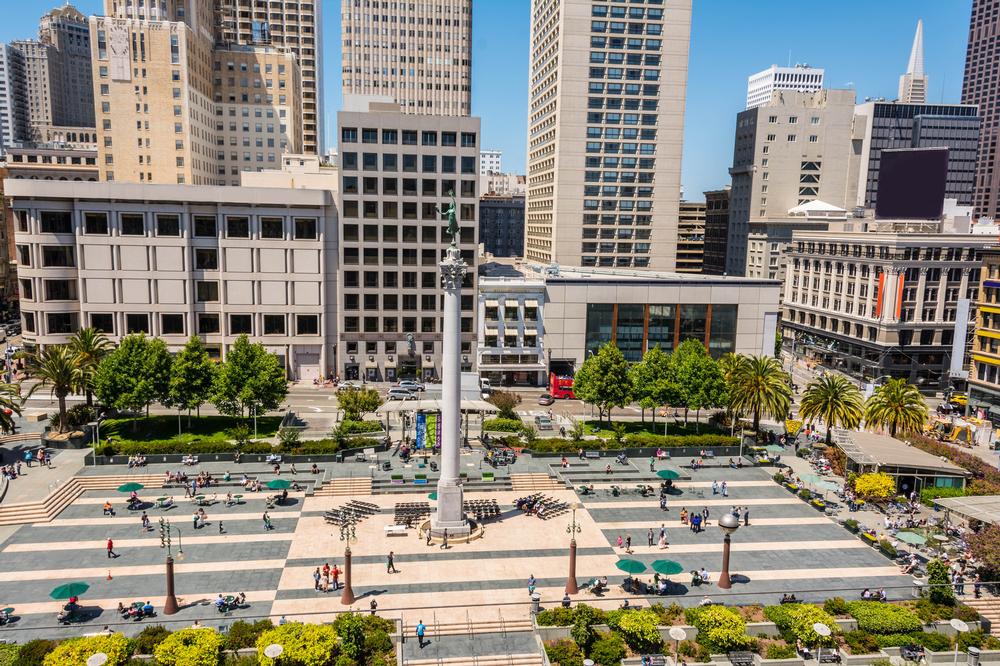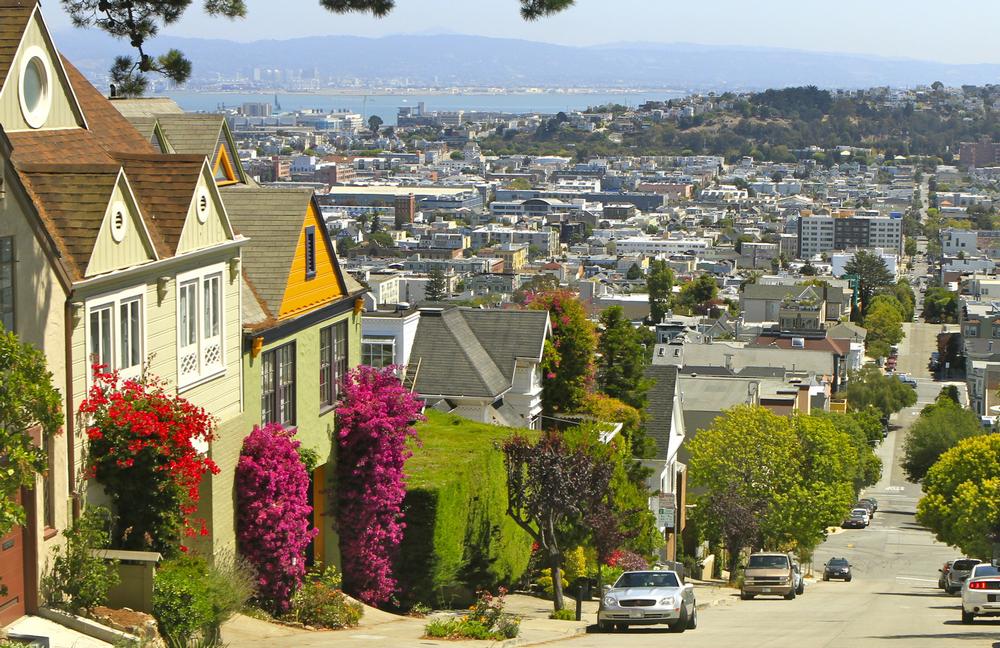- Does San Francisco have four seasons?
- Yes! San Francisco has four distinct seasons. Unlike Los Angeles, which has a sunny year-round climate, San Francisco experiences more temperature variations throughout the year.
- When is San Francisco the most crowded?
- Summer is the busiest time in San Francisco due to summer breaks and its popularity as a tourist destination.
- Is summer a good time to visit San Francisco?
- While summer is popular, it may not be ideal for beachgoers. The fog rolls in from the Pacific Ocean, making it chilly even in the summer.
- What is the weather like in San Francisco in winter?
- Winter is even colder than summer, but hotel rates tend to be lower during this season.
- When is the best time to visit San Francisco?
- Autumn and spring are the best times to visit San Francisco. These seasons offer fewer crowds and warm temperatures.
- When is the best time to visit California’s redwood forests?
- The best time to visit the redwoods is during the summer months. However, for those who prefer peace and quiet, visiting in March or April is ideal.
- What is the best time to visit California theme parks?
- For theme parks like Legoland, Disneyland, and Universal Studios, the best time to visit is mid-September through mid-November to avoid the largest crowds.
- When is the best time to visit California’s wineries?
- The wine country is best experienced between late August and October, when the grape harvest is in full swing.
- When does California have the best fall foliage?
- The fall foliage in California is at its best from late September to November.
- When is the best time to visit California’s beaches?
- For the warmest beach weather, visit California’s beaches anytime between May and October.
Weather by Month:
Plan Your Trip


